Researchers have found that an activated form of the hunger hormone ghrelin can help people with heart failure by increasing the heart’s pump capacity.



In a Phase II trial led by researchers from The University of Texas MD Anderson Cancer Center, adding ipilimumab to a neoadjuvant, or pre-surgical, combination of nivolumab plus platinum-based chemotherapy, resulted in a major pathologic response (MPR) in half of all treated patients with early-stage, resectable non-small cell lung cancer (NSCLC).
New findings from the NEOSTAR trial, published today in Nature Medicine, provide further support for neoadjuvant immunotherapy-based treatment as an approach to reduce viable tumor at surgery and to improve outcomes in NSCLC. The combination also was associated with an increase in immune cell infiltration and a favorable gut microbiome composition.
The current study reports on the latest two arms of the NEOSTAR trial, evaluating neoadjuvant nivolumab plus chemotherapy (double combination) and neoadjuvant ipilimumab plus nivolumab and chemotherapy (triple combination). Both treatment arms met their prespecified primary endpoint boundaries of six or more patients achieving MPR, defined as 10% or less residual viable tumor (RVT) in the resected tumor specimen at surgery, a candidate surrogate endpoint of improved survival outcomes from prior studies.
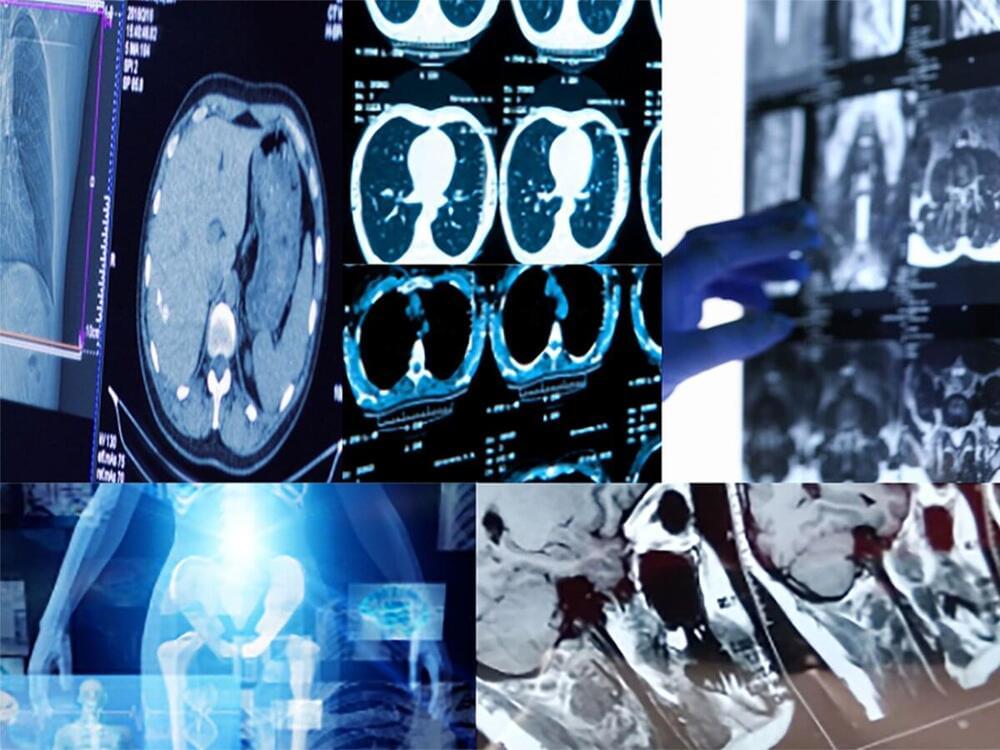
A new paper published in the Journal of Medical Internet Research describes how generative models such as DALL-E 2, a novel deep learning model for text-to-image generation, could represent a promising future tool for image generation, augmentation, and manipulation in health care. Do generative models have sufficient medical domain knowledge to provide accurate and useful results? Dr. Lisa C Adams and colleagues explore this topic in their latest viewpoint titled “What Does DALL-E 2 Know About Radiology?”
First introduced by OpenAI in April 2022, DALL-E 2 is an artificial intelligence (AI) tool that has gained popularity for generating novel photorealistic images or artwork based on textual input. DALL-E 2’s generative capabilities are powerful, as it has been trained on billions of existing text-image pairs off the internet.
To understand whether these capabilities can be transferred to the medical domain to create or augment data, researchers from Germany and the United States examined DALL-E 2’s radiological knowledge in creating and manipulating X-ray, computed tomography (CT), magnetic resonance imaging (MRI), and ultrasound images.
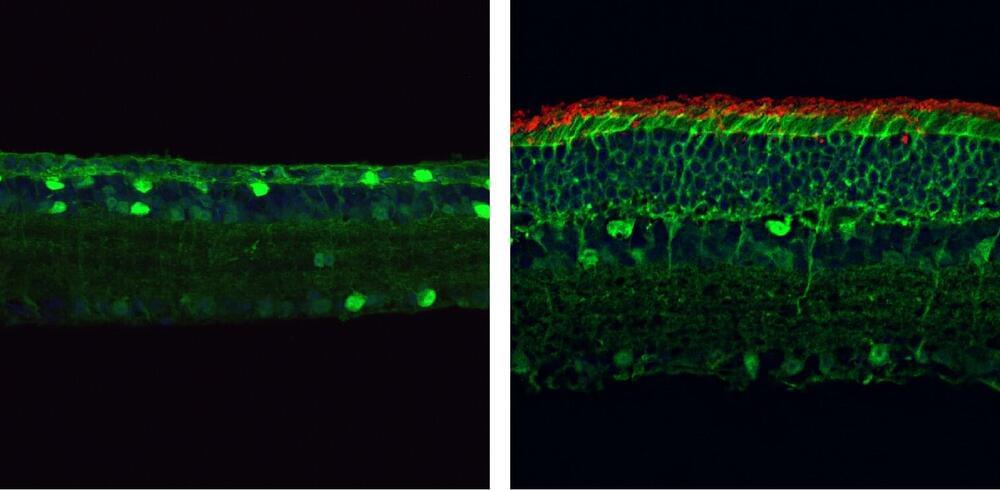
Researchers in China have successfully restored the vision of mice with retinitis pigmentosa, one of the major causes of blindness in humans. The study, to be published March 17 in the Journal of Experimental Medicine, uses a new, highly versatile form of CRISPR-based genome editing with the potential to correct a wide variety of disease-causing genetic mutations.
Researchers have previously used genome editing to restore the vision of mice with genetic diseases, such as Leber congenital amaurosis, that affect the retinal pigment epithelium, a layer of non-neuronal cells in the eye that supports the light-sensing rod and cone photoreceptor cells. However, most inherited forms of blindness, including retinitis pigmentosa, are caused by genetic defects in the neural photoreceptors themselves.
“The ability to edit the genome of neural retinal cells, particularly unhealthy or dying photoreceptors, would provide much more convincing evidence for the potential applications of these genome-editing tools in treating diseases such as retinitis pigmentosa,” says Kai Yao, a professor at the Wuhan University of Science and Technology.
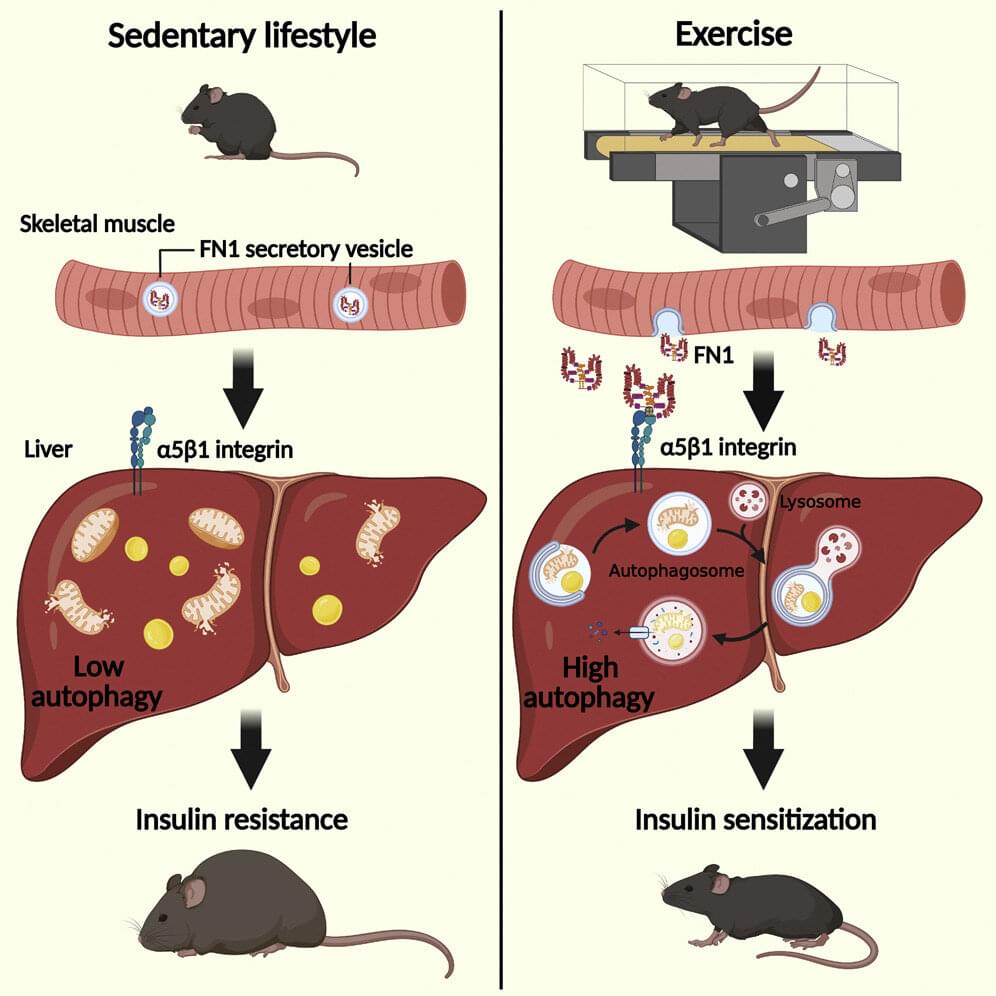
Northwestern Medicine scientists have uncovered a mechanism by which exercise activates metabolic benefits in the body, according to a new study published in Cell Metabolism.
It’s well known that exercise elicits many health benefits. However, how this is accomplished is not yet well understood. During exercise, autophagy, the body’s cellular recycling system that allows old or damaged cellular structures to be broken down, is activated in both contracting muscles and various non-contracting organs, such as the liver.
In the study, investigators performed proteomic analyses on the blood of mice before and after exercise. They identified a protein secreted from contracting muscle, FN1, which significantly increased in the plasma and serum of mice after exercise.

Superconducting at 69F!
Advanced superconducting materials at room temperature will bring about a paradigm shift in human technology and help us make great advances in energy, medicine, electronics and space explorations.
The Terran Space Academy walks you through the importance of the latest discovery, the details behind their research, and the space technologies it will immediately impact.
Shop the Academy store at… https://shop.spreadshirt.com/terran-s… help support our channel at… https://www.patreon.com/terranspaceac…
Thank you so much for watching!
Ad Astra Pro Terra.
Artists.
https://twitter.com/C_Bass3d.
Tweets by Neopork85
https://twitter.com/hazegrayart.
https://twitter.com/AlexSvanArt.
https://twitter.com/_fragomatik_
https://twitter.com/nickhenning3d.
https://twitter.com/RGVaerialphotos.
Companies.
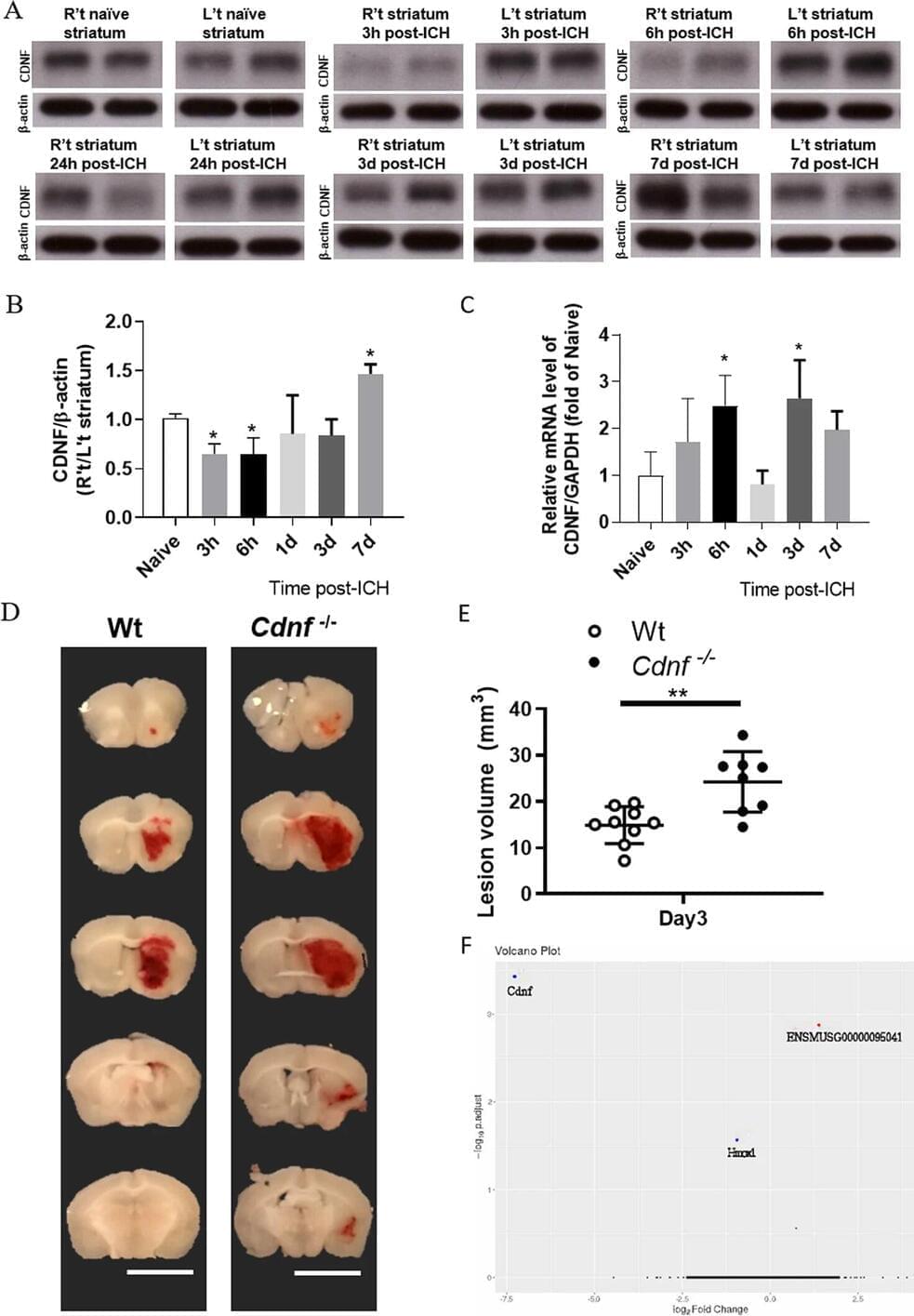
Intracerebral hemorrhage, and bleeding into the brain tissue, is a devastating neurological condition affecting millions of people annually. It has a high mortality rate, while survivors are affected by long-term neurological deficits. No medication has been found to support brain recovery following hemorrhage.
In an international collaboration, researchers from the Brain Repair laboratory, University of Helsinki, together with their Taiwanese colleagues investigated whether a protein called cerebral dopamine neurotrophic factor (CDNF) has potential as a treatment for brain hemorrhage.
Researchers suggest that cerebral dopamine neurotrophic factor, a protein being currently tested for Parkinson’s disease treatment, also has therapeutic effects and enhances immune cell’s response after brain hemorrhage.
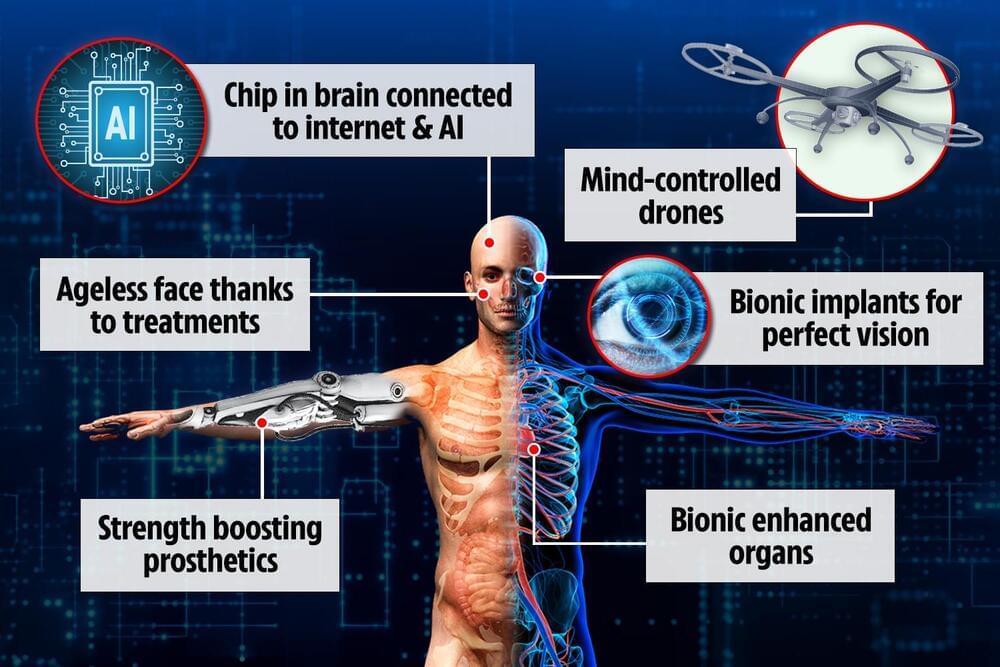
HUMANS in the next 100 years could be part-machine, part-flesh creatures with brain chips and bionic limbs and organs in a vision of “cyborgs” once described by Elon Musk.
Men and women born around 2100 could live in a world very different to ours as humans may be totally connected to the internet and meshed together with artificial intelligence.
Mobile phones would no longer be needed — as everything you now do with your smartphone will now be done with a chip in your brain.
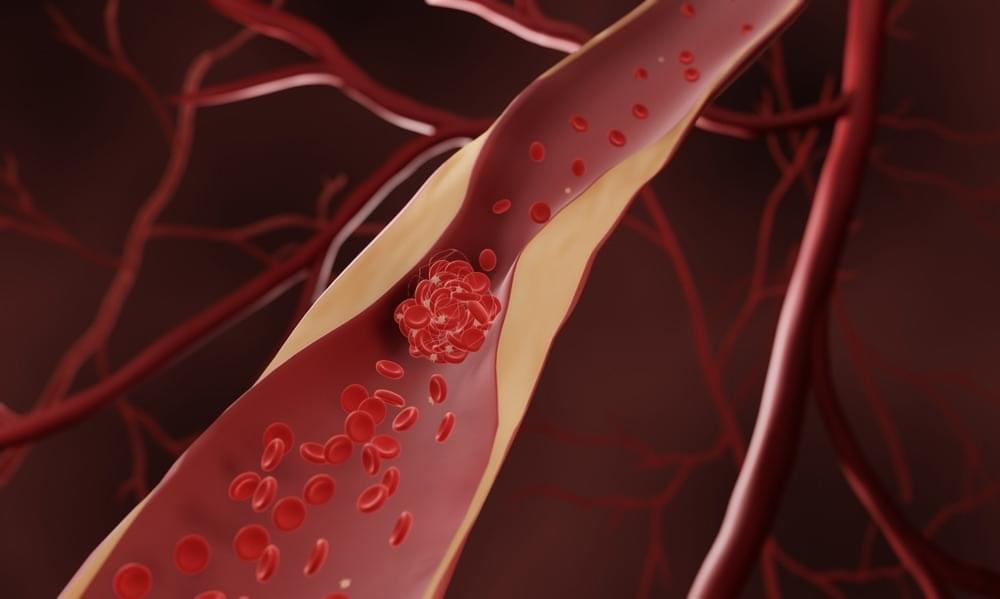
In a recent review published in the International Journal of Molecular Sciences, researchers in Canada investigate the impact of intestinal microbiota dysbiosis on atherosclerotic cardiovascular disease (ASCVD) incidence.
Study: Role of the Gut Microbiome in the Development of Atherosclerotic Cardiovascular Disease. Image Credit: ART-ur / Shutterstock.com